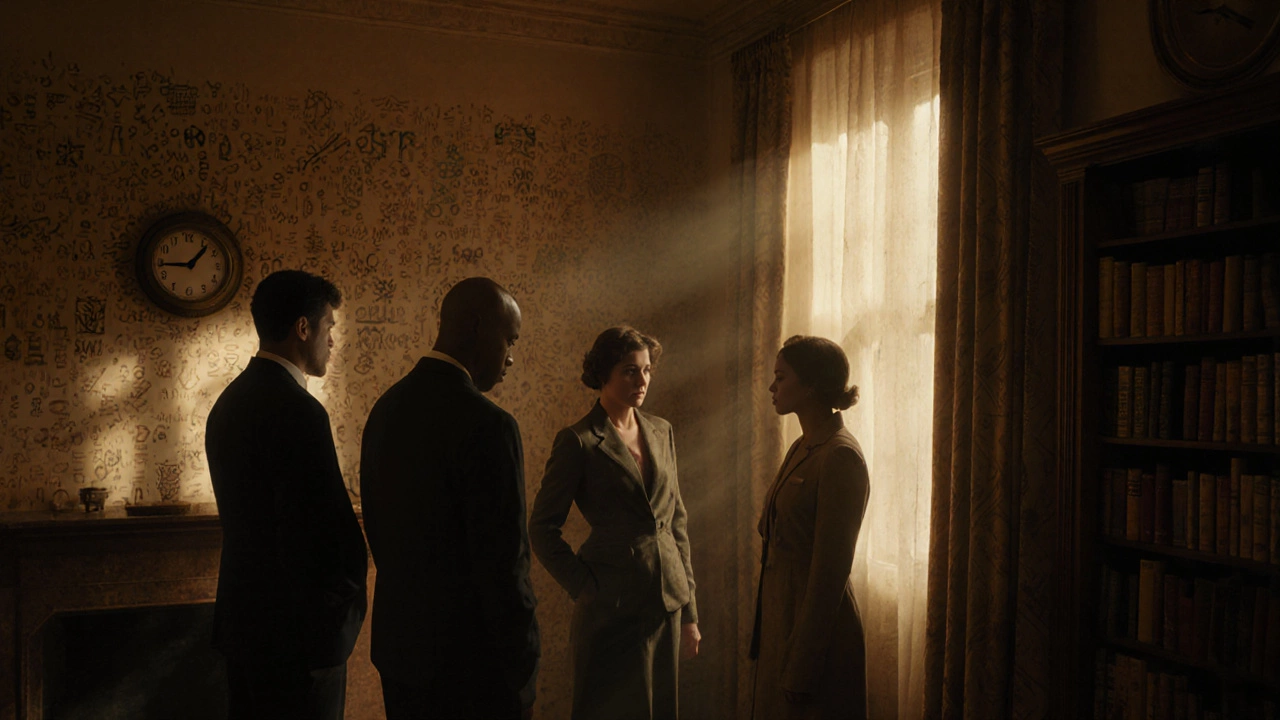Escape Room Puzzles: Types, Tricks and Quick Wins
Walking into an escape room can feel like stepping into a mystery novel. The lights dim, a story frames the challenge, and suddenly you’re staring at a lock, a box, or a wall of symbols. The real fun comes from the puzzles themselves. Knowing what you’re likely to face and a few shortcuts can turn panic into confidence.
Common Puzzle Types You’ll Meet
Most rooms recycle a handful of classic formats. Hidden‑object puzzles hide keys, codes or tools in plain sight – think a book with a missing page or a painted stone that matches a picture on the wall. Cipher puzzles scramble letters or numbers; a Caesar shift or a simple substitution can unlock a safe. Pattern puzzles ask you to line up colors, shapes or sounds in a specific order – often tied to a story clue. Mechanical puzzles involve levers, gears or pressure plates that need the right sequence to click. Finally, logic riddles ask you to deduce a code from a set of statements, like “the red button is never next to the green one.” Recognizing the type helps you decide which tool to pull first.
Fast‑Track Solving Strategies
When the timer starts, don’t spread yourself thin. Assign each team member a focus: one hunts for hidden objects, another cracks ciphers, a third tests mechanical parts. This division keeps the room buzzing without everyone crowding the same puzzle. For hidden‑object spots, scan the area twice – first for anything that looks out of place, then for anything that matches a clue you’ve already gathered. With ciphers, write down the scrambled text and try the most common shifts (1‑5) before moving to more complex codes.
Pattern puzzles often have a visual cue nearby – a mural, a set of colored lights, or a soundtrack. Pause and compare the cue to the pieces you have; the answer is rarely hidden, it’s highlighted. Mechanical puzzles love a “reset” trick: if a lever feels stuck, pull it all the way back and start again – designers expect you to test limits. Logic riddles benefit from a quick sketch. Jot down each statement, cross‑out impossibilities, and the valid combo usually emerges fast.
And always keep an eye on the story. Game designers hide the most useful hints in the narrative. A line like “the twins never speak the same word” probably points to a two‑part code where the numbers differ by a set amount.
Finally, don’t be afraid to ask the staff for a nudge if you’re truly stuck. A single hint can save minutes and keep the fun flowing. Most rooms allow a limited number of clues – use them wisely, preferably on the toughest puzzle.
By knowing the puzzle families, dividing the work, and listening to the story, you’ll shave precious minutes off your run. The next time you step into an escape room, you’ll feel less like a stranger and more like a puzzle‑pro ready to crack every lock.

What do you actually do in an escape room? A real step-by-step breakdown
Escape rooms aren't about finding keys-they're about spotting patterns, connecting clues, and thinking differently. Here's what you actually do inside one, step by step.

Escape Room Tips: How to Beat and Win Every Game
Unlock every secret to beat an escape room with smart teamwork, clever strategies, and proven tips that actually work. This is your go-to guide for winning!




